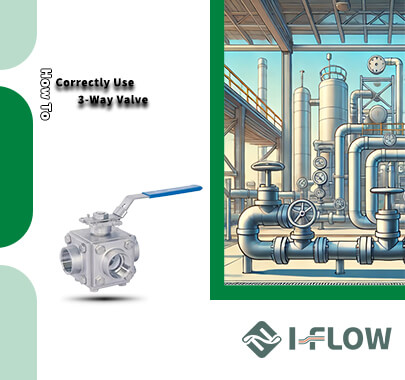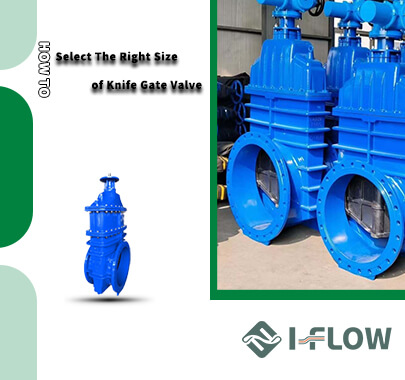Check valves play a crucial role in fluid systems, ensuring flow moves in the intended direction and preventing potential damage caused by backflow. Whether in industrial, residential, or commercial applications, installing a check valve in the right location is vital for maintaining efficiency, safety, and compliance with regulatory standards.
1. Pump Discharge Lines
One of the most common places to install a check valve is on the discharge side of a pump. This prevents fluid from flowing back into the pump when it is turned off, which can protect internal components from damage and avoid water hammer effects. Pump discharge check valves are widely used in water treatment plants, HVAC systems, and irrigation networks.
2. Water Meters and Municipal Supply Lines
Check valves are typically installed after water meters in municipal water supply systems to prevent contamination of the public water network. This placement ensures that any backflow due to pressure fluctuations or pipe bursts does not introduce potentially hazardous substances into the clean water supply.
3. Boiler and Heating Systems
Heating systems, such as those used in HVAC applications or industrial boilers, rely on check valves to keep hot water and steam from flowing backward into feed pumps or supply lines. This helps in maintaining system pressure, improving operational safety, and optimizing energy efficiency.
4. Fire Protection Systems
In fire sprinkler systems, check valves ensure water remains in the pipes, ready to be discharged when needed. They also prevent stagnant water from re-entering the main supply, which is crucial for maintaining system integrity and regulatory compliance.
5. Sewage and Drainage Systems
Check valves are essential in sewage and drainage lines to prevent wastewater from backing up into residential or commercial properties. They are commonly installed in basement drainage systems, sump pumps, and municipal sewage networks to avoid flooding and contamination.
6. Fuel and Gas Pipelines
In fuel delivery systems, check valves help maintain consistent flow direction and prevent hazardous backflow that could lead to pressure buildup or leaks. They are frequently placed near fuel storage tanks, gas lines, and refinery applications where safety is paramount.
7. Agricultural Irrigation Systems
In agriculture, check valves are used in irrigation lines to prevent back-siphoning of water, chemicals, or fertilizers into the main water source. Proper placement at pump outlets and sprinkler heads ensures efficient water distribution and protects water quality.
8. Chemical Processing Plants
Chemical industries utilize check valves to control the movement of fluids between processing units, storage tanks, and reactors. Their placement is critical to prevent cross-contamination and maintain the integrity of chemical reactions.
9. Marine Applications
Ships and offshore platforms use check valves in ballast water systems, cooling circuits, and bilge pumps. These valves prevent the unintended flow of seawater, fuel, or other fluids that could compromise vessel stability or performance.
10. Cooling and Refrigeration Systems
Refrigeration units and cooling towers incorporate check valves to regulate the circulation of coolant and prevent backflow that could lead to temperature imbalances or equipment failure.
Installation Best Practices
To maximize the performance of a check valve, consider the following installation guidelines:
- Flow Direction: Always follow the arrow marking on the valve body to ensure correct placement.
- Positioning: Install in a horizontal or vertical orientation based on system design and manufacturer recommendations.
- Clearance: Leave enough space for maintenance and inspection.
- Valve Selection: Choose the appropriate check valve type (swing, spring-loaded, dual-plate, etc.) for the specific application requirements.

.png)
 en |
en |














